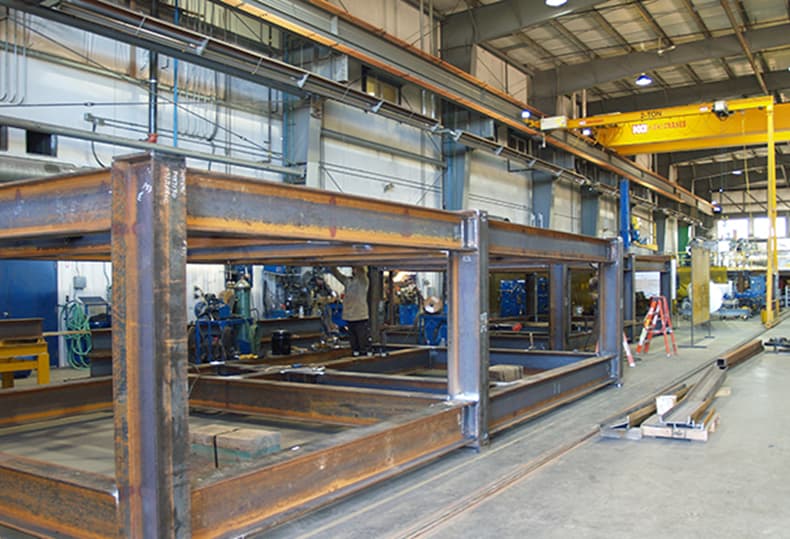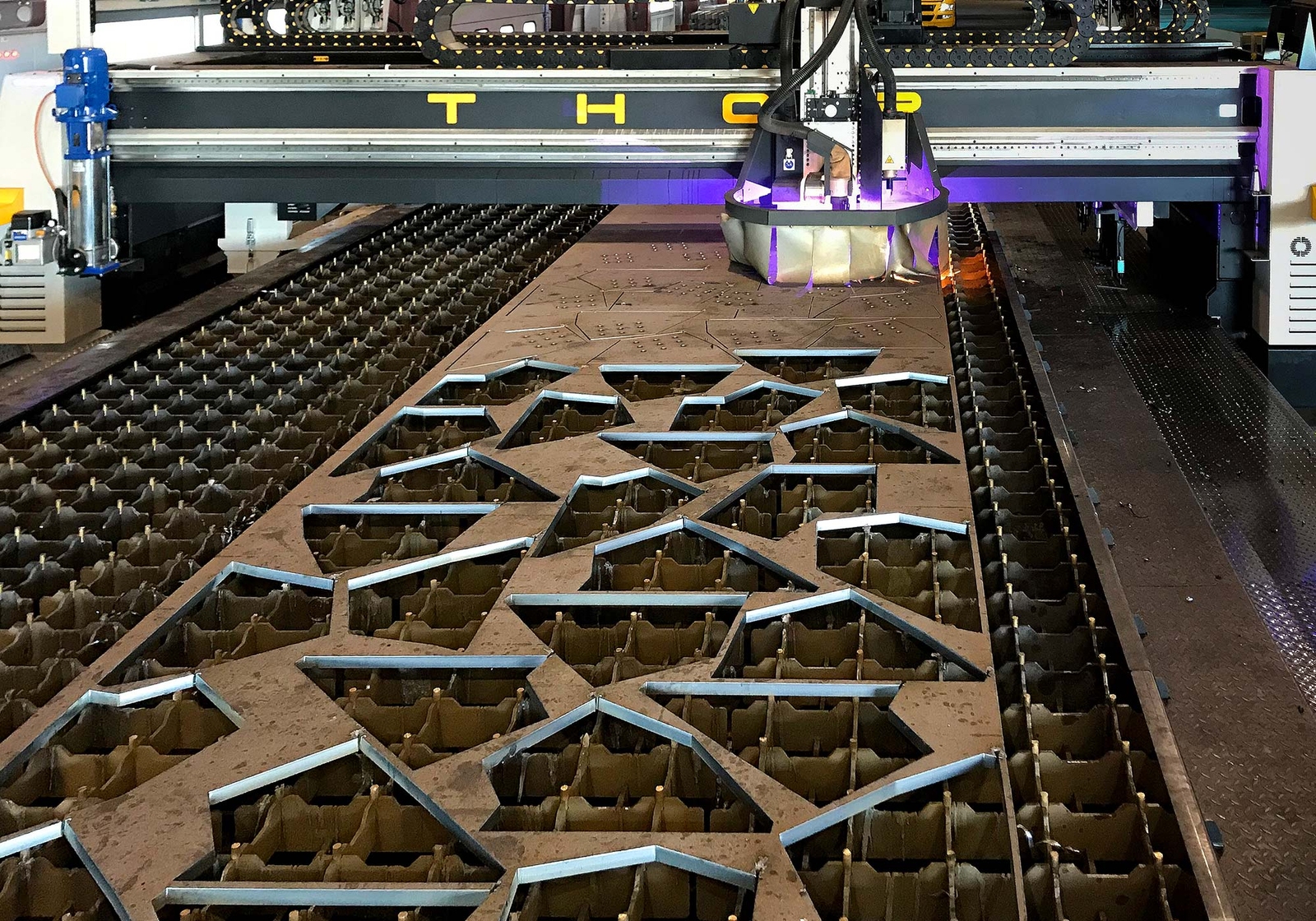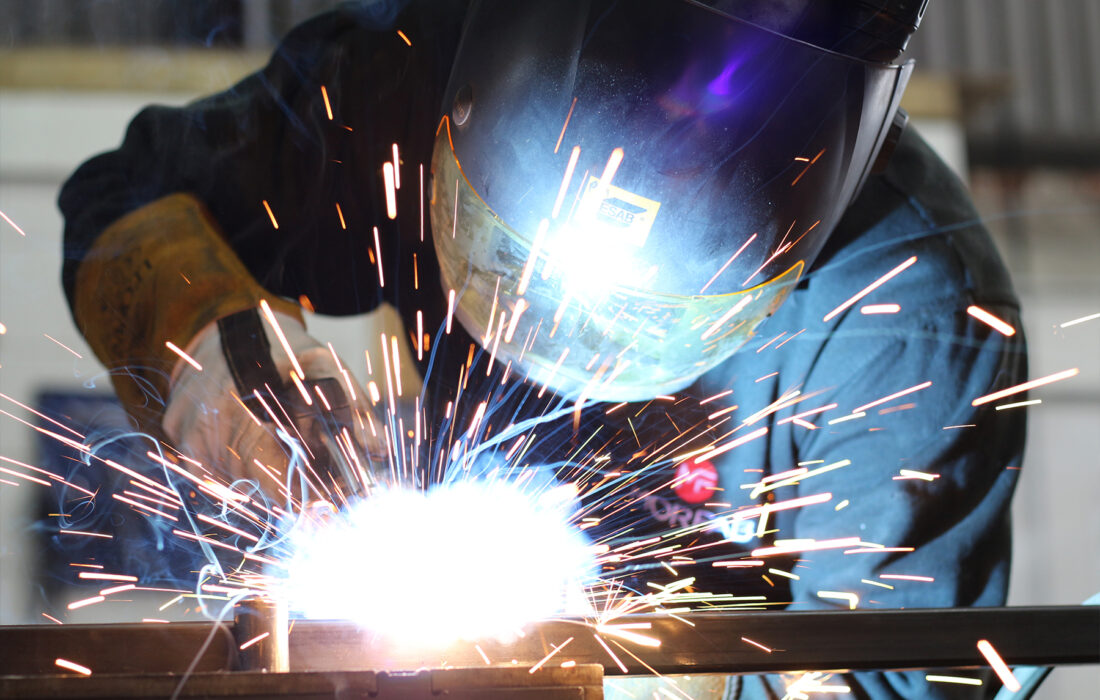Why Alpha Reo Is the Top Choice for Steel Reinforcement
Ingenious Patterns in Steel Fabrication: Enhancing Toughness and Precision
In the realm of steel construction, the pursuit of toughness and accuracy has actually led to a wave of innovative patterns that are reshaping the market. These trends are not just shaping the present yet also laying the foundation for the future of steel manufacture, guaranteeing further improvements in durability and precision.
Advanced Welding Technologies
In the world of steel manufacture, the fostering of cutting-edge welding technologies has actually considerably transformed the sector's technique to attaining superior quality and precision in architectural welds. Advanced welding innovations, such as laser beam of light welding and friction mix welding, have actually become game-changers in the field. Laser beam of light welding employs a focused laser beam of light to sign up with steel elements with impressive accuracy and rate, making it perfect for thin products and complex styles. On the other hand, rubbing stir welding produces extremely solid bonds by mechanically intermixing the particles of the materials at the joint, getting rid of the demand for thawing the metal. These innovations provide many benefits, consisting of reduced heat-affected areas, very little distortion, and enhanced mechanical homes in the welded joints. By leveraging these innovative welding techniques, steel producers can raise the sturdiness, strength, and precision of their structural welds, meeting the progressively requiring needs of contemporary building projects.
Robotic Automation in Manufacture
Welcoming robot automation has actually become a foundation of contemporary steel construction practices, boosting and enhancing processes efficiency throughout the market. Robots are transforming the way steel elements are produced, offering unparalleled accuracy and rate while decreasing human mistake. These automated systems can handle recurring jobs with constant precision, causing greater top quality output.
One secret advantage of robotic automation in steel fabrication is the capability to function all the time without tiredness, substantially raising production outcome. This constant operation decreases downtime and accelerates project timelines, inevitably saving expenses for manufacturers. Furthermore, robotics can be programmed to execute intricate jobs that may be harmful or difficult for human employees, boosting security in the work environment.
Moreover, robot automation makes it possible for seamless integration with various other electronic technologies, such as computer-aided design (CAD) software application and Internet of Things (IoT) systems (metal fabrication melbourne). This interconnected strategy boosts communication in between various phases of construction, enhancing process and making sure real-time surveillance and control. As the steel manufacture sector proceeds to advance, robot automation stands apart as a transformative force driving effectiveness and accuracy in producing procedures

High-Strength Alloy Development
The improvement of high-strength alloy advancement in steel manufacture is improving the market's approach to enhancing product durability and performance. High-strength alloys are crafted to display premium mechanical residential properties, such as enhanced tensile strength, strength, and deterioration resistance compared to traditional steel qualities. By incorporating these advanced alloys into fabrication procedures, manufacturers can generate parts that withstand greater stress degrees and harsh environments, leading to even more reputable and durable final product.
One key advantage of high-strength alloy growth is the capacity to lower material thickness without jeopardizing structural honesty. This not just causes lighter-weight parts yet also contributes to cost savings and enhanced efficiency in construction and setting up processes. In addition, the boosted strength-to-weight ratio of these alloys permits for the layout and building and construction of structures with higher load-bearing capacities while decreasing general weight.
3D Modeling and Simulation Software
Developments in steel fabrication processes have been significantly pushed by the combination of advanced 3D modeling and simulation software tools. These tools allow fabricators to produce comprehensive digital versions of their tasks, enabling them to imagine the last product with accuracy before any physical job starts.

Lasting Practices in Steel Production
Including sustainable methods right into steel production procedures is essential for reducing ecological influence and ensuring long-term resource accessibility. One crucial lasting practice is the adoption of energy-efficient modern technologies to decrease greenhouse gas discharges during the steel manufacturing procedure. This consists of making use of renewable resource resources, such as solar or wind power, to power steel plants and executing energy-efficient equipment to optimize power usage.
Another critical element of lasting steel manufacturing is the liable sourcing of basic materials. This involves ensuring that the iron ore and various see here other sources made use of in steelmaking are gotten from ethical and eco-friendly resources. By promoting transparency in the supply chain and adhering to stringent environmental requirements, steel makers can minimize the negative influences of resource removal on regional ecosystems and areas.

Final Thought
To conclude, the ingenious trends in steel fabrication such as advanced welding modern technologies, robotic automation, high-strength alloy advancement, 3D modeling and simulation software program, and lasting practices are enhancing the sturdiness and accuracy of steel items. These developments are changing the steel fabrication market by boosting sustainability, performance, and quality. It is clear that the future of steel fabrication exists in accepting these innovative innovations to meet the demands of modern-day building and construction and manufacturing sectors.
In the realm of steel manufacture, the quest of durability and precision has actually led to a wave of ingenious fads that are reshaping the industry.In the realm of steel construction, the adoption of innovative welding innovations has actually substantially changed the market's approach to accomplishing exceptional top quality and accuracy in structural welds. As the steel fabrication industry proceeds to evolve, robot automation stands out as a transformative force driving efficiency and precision in producing procedures.
In addition, reusing and reusing steel scrap and waste materials play a significant function in enhancing the sustainability of steel production. steel fabricators melbourne.In verdict, the this contact form ingenious fads in steel fabrication such as advanced welding technologies, robot automation, high-strength alloy development, 3D modeling and simulation software, and sustainable methods are boosting the durability and accuracy of steel items